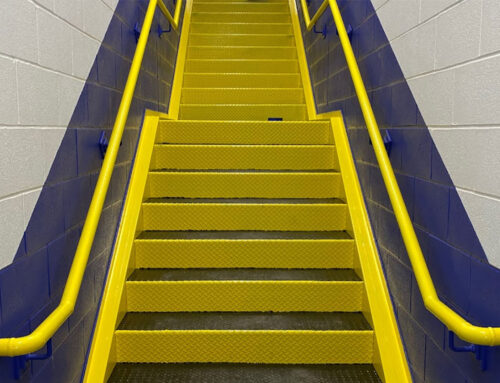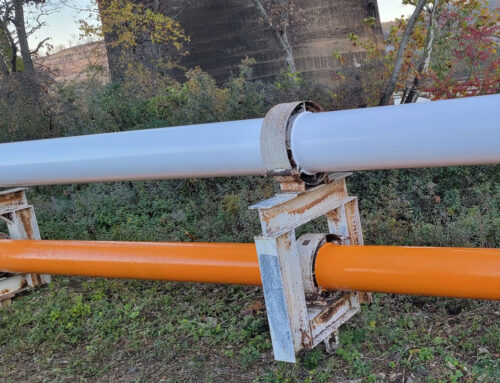Between 2019 and 2022, the Pipeline and Hazardous Materials Safety Administration (PHMSA) published a three-part set of new pipeline safety regulations called the Mega Rule. The comprehensive rules didn’t come out of nowhere. They were a direct response to a series of dangerous pipeline incidents, including a deadline gas pipeline rupture in California.
The PHMSA leveraged recommendations from the National Transportation Board (NTSB) and conducted research, ultimately creating guidelines to reduce pipeline damage and eliminate life-threatening explosions. Here is an introduction to the Mega Rule, including a big-picture look at why the rules were developed and what they are. Read on to learn more.
Why the Mega Rule Happened
In September 2010, a Pacific Gas & Electric natural gas pipeline ruptured in San Bruno, CA. The released gas caught fire, causing structure fires in the surrounding community. The fires killed eight people, injured more than 50, and destroyed almost 40 homes. Months later, the NTSB investigated the pipeline explosion and found some of the seams on the pipeline were welded on the inside and outside. Furthermore, the NTSB discovered discrepancies in PG&E pipeline records.
Seven years after the pipeline rupture, PG&E was convicted of six felonies and sentenced to pay a $3 million fine, 10,000 hours of community service, five years of probation, and independent safety monitoring. In addition, the national utility company was required to film 60-second commercials and take out full-page ads in the Wall Street Journal and the San Francisco Chronicle describing their offenses and their next steps to ensure safety, ABC 7 reports.
What Mega Rule Is
After the incident, the PHMSA began developing stricter safety requirements for pipelines and released notices of proposed rulemaking in 2011 and 2016. The agency quickly learned that the new, exceptionally detailed regulations would need to be broken into three parts.
The first part of the Mega Rule was published in 2019. It outlines the maximum allowable operating pressure of gas pipelines and the necessary inspections of pipelines in High Consequence Areas (HCAs). It also gives a six-month grace period for seven-year integrity management assessments and dictates stringent pipeline recordkeeping standards.
The second part of the Mega Rule was published in 2021. It incorporated Congressional mandates, public comment, and Government Accountability Office recommendations, outlining safety requirements for large diameter and high operating pressure onshore pipelines.
The third part of the Mega Rule was published in 2022. It mandates strict incident reporting and gathering line classifications. It was set to be implemented in May 2023.
The PHMSA Deputy Administrator Tristan Brown said about the Mega Rule: “The 2010 PG&E incident in San Bruno was a tragedy that we must never forget. This rule will help prevent future incidents by ensuring operators identify and repair threats more quickly and comprehensively, improving safety and mitigating climate impacts.”
How Eagle Eye Services Can Help Your Industrial Business Reach Mega Rule Compliance
Mega Rule compliance can seem like a daunting task. From understanding the regulations to making corrosion repairs, it calls for industrial businesses to be all hands on deck. The team at Eagle Eye Services can help. Our industrial painters have a thorough knowledge of Mega Rule requirements. They can guide your business into compliance and improve the safety of its operations. To learn more about how we can help, contact us today at 724-754-1122.
More Advice from the Experts
Ready to Get Started?
Have questions about your project or need a quote? We’ve got someone ready to help you.



